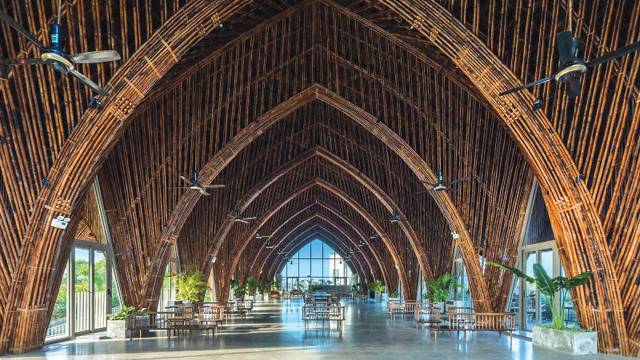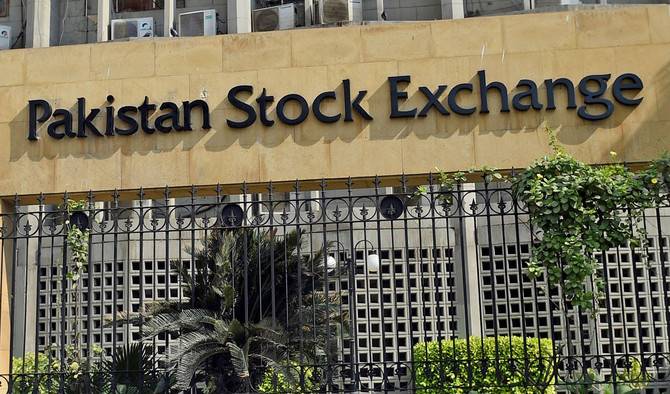

HANOI – Before sunrise in Dien Phuong, Vietnam, clay artists set up their workbenches beneath swaying bamboo by the Thu Bon River, shaping ceramic works to the sound of birdsong. Each October, when the river swells with rainwater, workers pause, move their tools and wares away, and only return once the waters recede. Inspired by the rhythm of the rainy season, Vietnamese architecture firm Tropical Space opened a flood-resistant studio for local artist Le Huc Da, dubbed Terra Cotta Studio, in 2016. Each year, the monsoon waters consume the lower reaches of the striking cube-shaped structure — but rather than sweeping it away, the rising tide flows gently through its perforated brick walls. The studio’s lattice-brick design also harnesses airflow and shade to withstand central Vietnam’s unforgiving climate. In 2023, the architects expanded the project with Terra Cotta Workshop, a neighboring facility featuring studio space for other local artists, as well as a large kiln and visitor center. Inside, artisans store their work on 6.5-foot high platforms, above the highest flood levels seen in the village this century. The workshops’ electric wiring was installed three feet above the ground, and equipment can be moved safely to high shelves during monsoons. “We did not design the structure to resist or oppose the water,” Tropical Space’s co-founder, Nguyen Hai Long, said of the original studio building in an email interview. “Instead, it stands there and quietly observes the rise and fall of the river.” Nguyen is part of a new generation of architects in the country, turning to local materials and time-honored building techniques — not only the distinctive brickwork but also stilted foundations and floating bamboo platforms — as enduring tools of climate resilience. He said the designs of Terra Cotta Studio and Workshop were influenced by the region’s traditional merchants’ houses, which often survived seasonal floods thanks to their perforated walls. “If we live in harmony with the natural order, we recognize both its limits and its gifts,” Nguyen said. Floods, he added, bring not just destruction but also more fertile land and raw materials. “Without a deep connection to the land, we might miss nature’s anger, its joy or its subtle changes.” With over 2,000 miles of coastline and low lying river deltas, Vietnam is consistently ranked among the world’s most climate vulnerable nations.
The Global Facility for Disaster Reduction and Recovery says that more than 70% of the country’s population faces regular exposure to “natural hazards” including typhoons, floods and salt water intrusion. In 2020 alone, the effects of the climate crisis — ranging from rising sea levels to intensified storms — cost Vietnam an estimated $10 billion, or 3.2% of its GDP, according to the World Bank Group.






